
You and I can learn a lot from a man like Ron Buchanan, a 74-year old weightlifter who spent a lifetime competing in powerlifting, Olympic weightlifting, and bodybuilding. In his prime, Ron could deadlift over three times his body weight, and squat nearly three times his weight. And now, at 74 years old, he’s still going strong, and looks and performs better than most men half his age.
When asked if he had any words of wisdom to give a novice in the iron game, Ron said:
“Pursue powerlifting, Olympic lifting, and bodybuilding for the right reasons.”
That’s certainly good advice and a topic worthy of discussion. But today, I want to focus on what Ron said next. He said:
“I’m still active and mobile because I made my health my number one concern in the pursuit of my lifting and bodybuilding goals.”
Did you get that, folks?
Ron attributes his success then (and now) to prioritizing his health above all else.
And I’ve heard the same thing over and over again from successful athletes, fitness enthusiasts, warriors, and ordinary folks – both young and old. And it makes sense right? I mean, if you don’t have your health, you certainly won’t have much else. This is a powerful lesson that’s best learned early on in training (but better late than never!).
So, how do we prioritize our health, in training? How do we put it first? And what makes training or fitness health-first? Let’s explore that.
50 Ways to Make Your Fitness and Training Health-First
Note: Health-first fitness is both a philosophy and a practice. So, what follows is a diverse collection of tips, tricks, principles, and tools of the trade, with a little training philosophy mixed in, to hopefully provide you with at least one or two big takeaways.
1) Stop thinking of your health and fitness as two distinct categories with unique areas of focus and/or habits to work on. We tend to compartmentalize the many different areas of our lives. But health and fitness are two sides of the same coin. Start treating them that way.
2) Understand that your physical health is directly related to your mental health. The two go hand in hand, and both can and should be trained.
3) Your exercise technique (aka “form”) should be your primary concern whenever training.
4) Never train through strain or pain (and…don’t forget to use your brain!)
5) Don’t train more than you can fully and safely recover from. Prioritize your recovery from training more than the training itself.
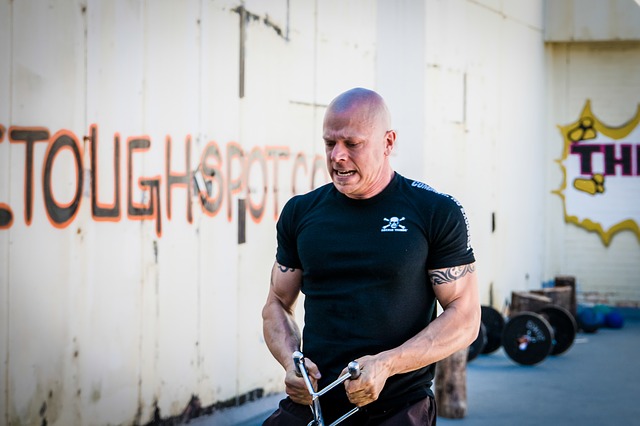
6) Increase your effort and the intensity of your training only as much as you can maintain proper technique. Your ability to maintain proper form is your primary indicator for safe levels of exertion.
7) Don’t do too much, too soon. Or train too hard, too fast, too long, etc. Progress gradually, making incremental improvements (i.e. baby steps) instead of big jumps.
8) Always plan for the long-term, but be mindful of your needs today. Think about the big picture in terms of months and years, along with the day to day and week to week steps to get you there.
9) Remember that you’re always training, always recovering, and always adapting, whether intentionally or not (and whether you’re aware of it or not). You don’t get a break from the laws of conditioning.
10) Always be asking yourself, “where am I weak and what am I going to do about it?” Train your weaknesses until they become your strengths.
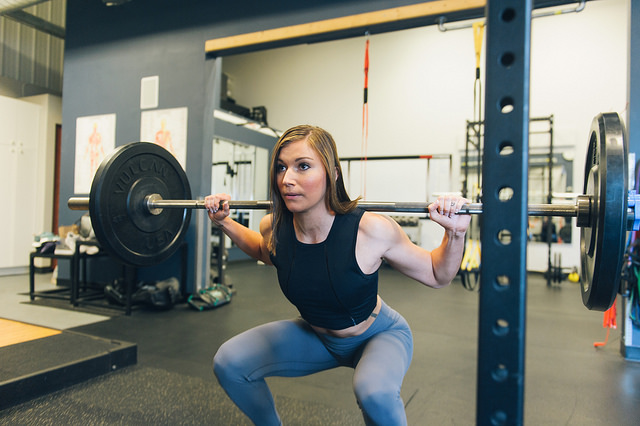
11) Don’t do anything dumb. Like testing a 1-rep max without warming up. Or, running a marathon with only a few months of training. Or, skipping your cooldowns. Or, this. You know, the stuff we know we should or shouldn’t be doing. But we don’t always listen to our own advice, do we?
12) Treat your diet and the other important healthy lifestyle habits (e.g. sleep, stress management, etc.) with the same seriousness as an exercise program. In many ways, they are actually more important.
13) Increase or decrease the complexity of your exercises to find the “sweet spot” for adaptation based on your skill level. For example, if you can’t do pushups, do knee pushups with the best technique you possibly can. And when you can do a lot of pushups, start training for one arm pushups. Never be satisfied with staying the same. Seek constant improvement.
14) Practice the skill of always being mindful of your posture in life and training. If you cannot maintain the proper structure during an exercise (i.e. posture), you either need more practice or an easier exercise. And you may have some corrective exercise to do.
15) Try a new exercise, movement, or skill regularly. Challenge yourself in a new way. Adopt a beginners mind. Do something that makes you feel clumsy. It’ll do you a lot of good. There are usually many fitness attributes to be gained. It also boosts something called humility. It even helps you grow brain cells. Just try it. Trust me. And trust yourself.
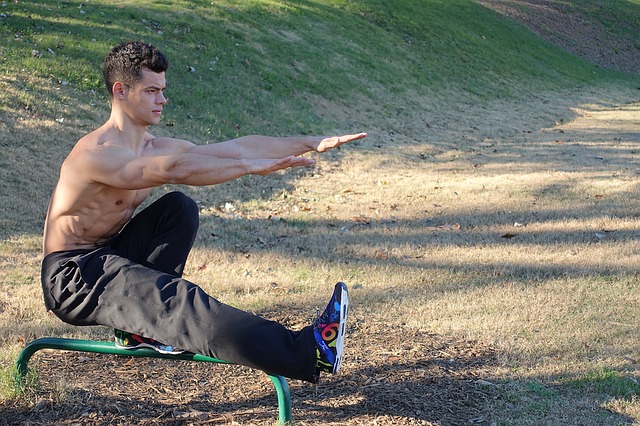
16) Avoid short-term workout programs, and instead, build a foundation of fitness over several months and years.
17) Don’t let the quality of your movement and performance degrade for more quantity. Oh, and if your technique goes out the window whenever you use a stopwatch or time your workouts, you might want to stop doing that.
18) Do regular maintenance for your joints. Take care of them. Work to strengthen them. Prepare them for exercise, especially vigorous exercise like strength training.
19) Address over-training, over-compensations, and over-specializations regularly. Preferably every day you train. Doing some compensatory exercise during your cooldowns would be a good start.
20) Do your reps slowly and quickly. Train with low rep ranges and high rep ranges. Take short rest breaks and long rest breaks (or no rest breaks). Train different variations, angles, and movement patterns. Do linear and non-linear movements. Train through full ranges, partial ranges, and with isometrics, too. You get the idea.
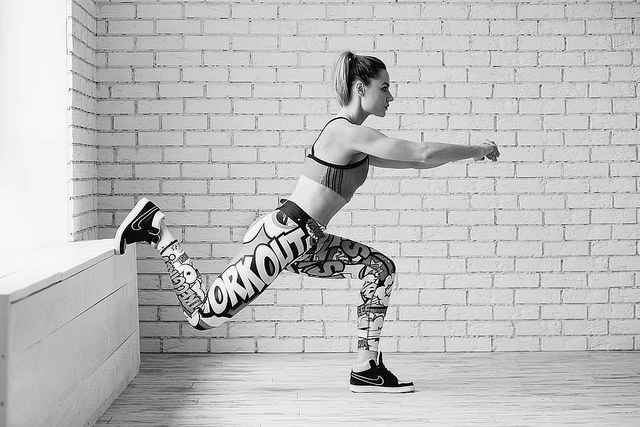
21) Your breathing “form” is just as important as your exercise “form.” So, learn how to breathe deeply, to help you relax, manage stress, and perform at your peak with minimal risk.
22) Skip warmups at your own risk. There is a time and place for training “cold,” but most training should be done warm. Oh, and if you think warmups are a waste of time, it’s probably because you’re not doing them with precision. So, whenever you warmup, make sure it’s the right kind of warmup for the upcoming training session.
23) Don’t get too specialized. Not only should you be working on your weaknesses, you should also be constantly trying to broaden your movement and fitness abilities to become a balanced, well-rounded athlete. Speaking of which…
24) Become competent in the basic spectrum of natural human movement skills. So, if you can bench press a small truck, but can’t climb a tree or run a mile effortlessly, get to work. Natural movement training (e.g. MovNat), when done properly, is perhaps the healthiest forms of exercise. While you’re at it…
25) Do some of your training outdoors in the fresh air and sunshine. Furthermore, deliberately expose your body to the natural environment with dirt and germs, heat and cold. Use heat and cold to your advantage.
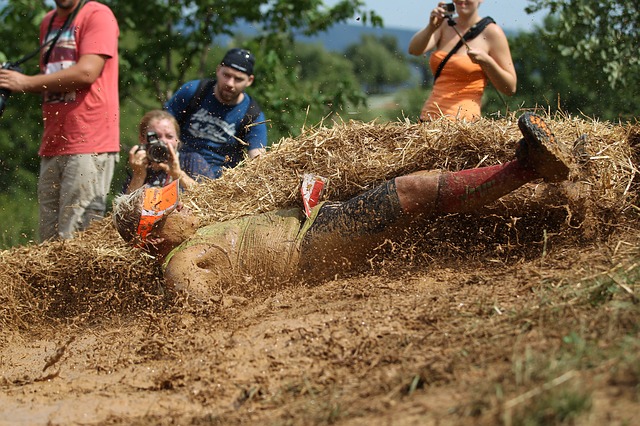
26) Keep supportive gear to a minimum. Ditch the gloves, straps, wraps, shoes, and belts except when necessary for practical and/or safety reasons.
27) Figure out your optimal body weight and body composition (i.e. muscle to fat ratio) for your goals, and don’t deviate too far from it. Both muscle and fat have a unique purpose and value. They both have a cost, too, particularly at extreme ends of the spectrum.
28) Take your training seriously, but not too seriously. Get organized, but try not to worry too much. Forget perfection. Strive for excellence, and be content with “good enough” when necessary. Also, try to have fun and laugh once in awhile. See point #2 above.
29) Sometimes, train fasted.
30) Learn to tell the difference between pain and the discomfort associated with exercise, effort, and fatigue.

31) Go barefoot whenever it’s safe and practical. If you take care of your feet, they’ll take care of it – and they’ll teach you much. Also, avoid restrictive clothing as much as you can.
32) When your body is telling you that you need a break, listen to it.
33) When your body is telling you that you can do more, listen to it (but don’t get too cocky).
34) Stop training whenever it becomes painful, or your form suffers, or when you can no longer control your breathing.
35) Learn how to hinge at the hips safely and effectively under load. Learn how to squat fully and effortlessly. Learn how to run efficiently. You get the idea.
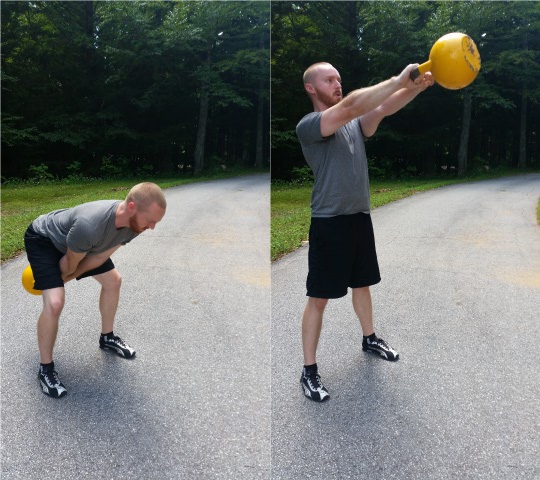
36) Don’t ignore those chronic aches and pains. Find a good doctor and GO to them. Oh, and feel free to do some research online, but don’t go looking (or asking) for personalized medical advice that is relevant to your situation. Find the right professional for your needs before things get worse.
37) The ultimate expression of pure health-first fitness and training cannot be achieved without being customized to the unique needs, goals, differences, and circumstances of the individual. Cookie cutter programs just don’t cut it. It takes personalization.
38) Do not add load to an exercise or movement pattern when you cannot maintain proper posture, movement, or breathing. Regress the exercise until you can.
39) Take care of your hands, your feet, your joints, your heart, and most importantly, your brain! In other words, don’t neglect the little things that don’t seem important until they are.
40) Choose a restorative exercise method that makes sense for your needs and goals (and interests you), like yoga, joint mobility training, tai chi, or qigong, (etc.). Start with the basics. Practice it regularly. Take your time. Deepen your practice. Think in terms of years. Pursue lifelong mastery.
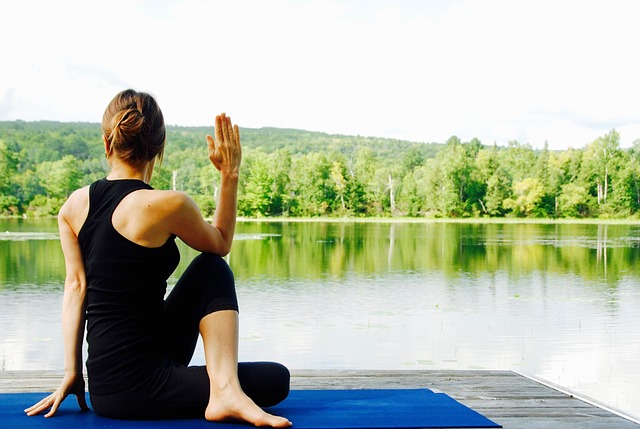
41) Drink your coffee black. Swap your energy drinks for water or tea. Don’t drink alcohol, soda, diet soda, or fruit juice (unless you squeeze it yourself). And if you’re going to drink this stuff anyway, do it in moderation. Oh, and make sure you find a healthy balance between eating healthy, wholesome, goal-supporting foods and also having a life (and eating what you want once in awhile). Speaking of which…
42) Eat to perform. Your diet should support your training and fitness goals, and vice versa. So, swap out any Franken-foods for real food. Eat leafy green vegetables. Cook more of your meals. Make it homemade. Trade in your supplements for whole foods that will meet your needs. And choose whole, natural, organic, seasonal, local, real food whenever you can.
43) Take a break when you need to. Sometimes, taking a step back is the best way to move forward.
44) Don’t sit for long periods of time. Stay “active” even if you work a sedentary job. And walk whenever you can. Aim for at least 4-5 miles or 10,000 steps per day.
45) Do not add more exercise (i.e. additional stress) to your life when you’re not able to recover from and adapt to all of the existing stress in your life.
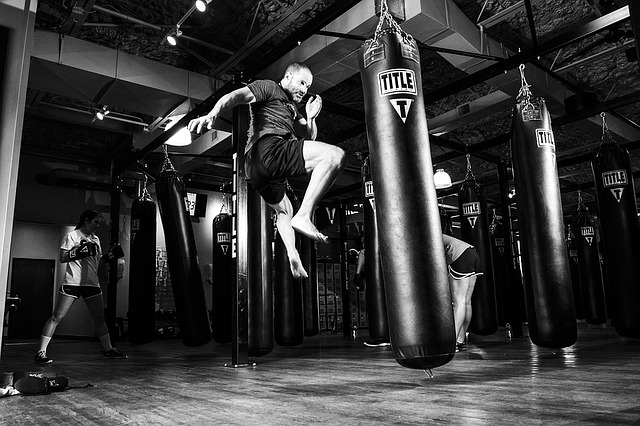
46) Find a style of training or a kind of physical activity that you love, that you look forward to, that makes your heart sing. Then do yourself a favor and do it often! Be grateful that you can do it. When you do what you love, it stops feeling like work.
47) Every once in awhile, get well beyond your comfort zone. Stretch your limits. Decide in advance that you’ll keep going when it gets hard – that you won’t give up. Then do double or ten times what you had planned. Go longer than you thought you could 30 minutes ago. Don’t let your muscles lie to you. Don’t listen to the mind gremlins. Just do it and keep doing it until you’ve reached a new level of performance, and more importantly, awareness. Then adjust your training accordingly.
48) Study the ways of those who have gone before you. Learn from them. If a person has succeeded in their health, fitness, and athletic pursuits well into old age, scrutinize and model their behavior. Like Bruce Lee said, “Absorb what is useful. Reject what is useless. Add what is uniquely your own.”
49) Never forget that there’s more to health-first fitness than implementing a few tips, tricks, or “hacks” – a lot more.
50) There’s a time and place for bending or breaking the rules, including many of the rules on this list. Learn to distinguish when that is.
Closing Thoughts
Health-first fitness is a philosophy and practice that puts health at the top of one’s priorities (e.g. above conditioning, aesthetics, etc.) and also views health as the gateway to excellent fitness for the long-term.
To me, health–first fitness means prioritizing your health above what your body looks like. It means not trying to increase your performance at the expense of your wellness. It means always training to stay injury-free and fit for life. It means not taking short-cuts and unnecessary risks for the sake of faster progress.
Health–first fitness is smart, precise, efficient and effective. It’s good for the short-term and great for the long-term. It’s for the man or woman who wants to be pain and injury free, to succeed over the long haul, and to have abundant energy and vitality into old age.
It’s for the person who is sick and tired of being sick and tired.
Health–first fitness is a little slower, but it lasts. And I’ve found it to be the only approach to fitness that doesn’t lead to injury, illness, disease, and dysfunction.
And today, I can’t imagine approaching fitness in any other way.
Note: if you’re interested in health-first fitness, click here to sign up for my free weekly email newsletter.
If you found this article helpful, please share it with your friends:
.jpg)
![]()
Health-First Fitness Coach
P.S. If you liked this post, then please signup for the newsletter, or follow me on Facebook or Twitter for daily updates and other interesting info.
Reference
Pickett, G. Ron Buchanan: A Barbell Man for All Seasons. MILO Strength Magazine. March 2017: Volume 24, Number 4.
Great article. Some people definitely do want to keep going even though they’re in pain which is never a good idea, because it can cause injury. And absolutely, diet is very important when trying to achieve your goals, it should always coincide with your work out plan. Thanks for sharing!